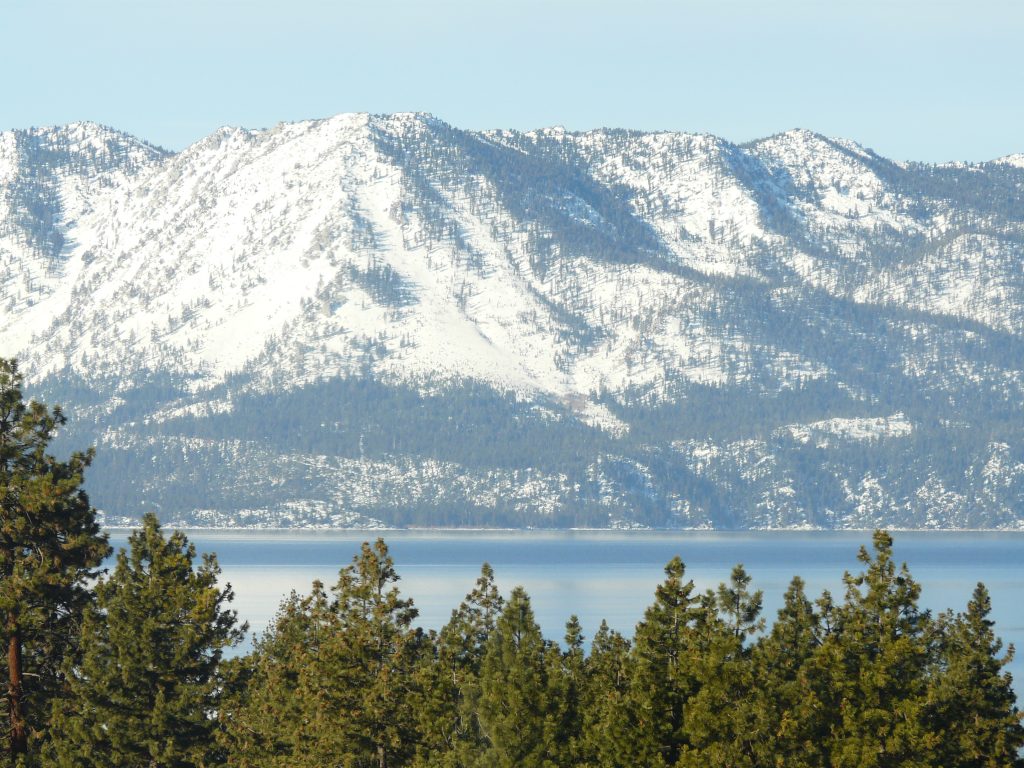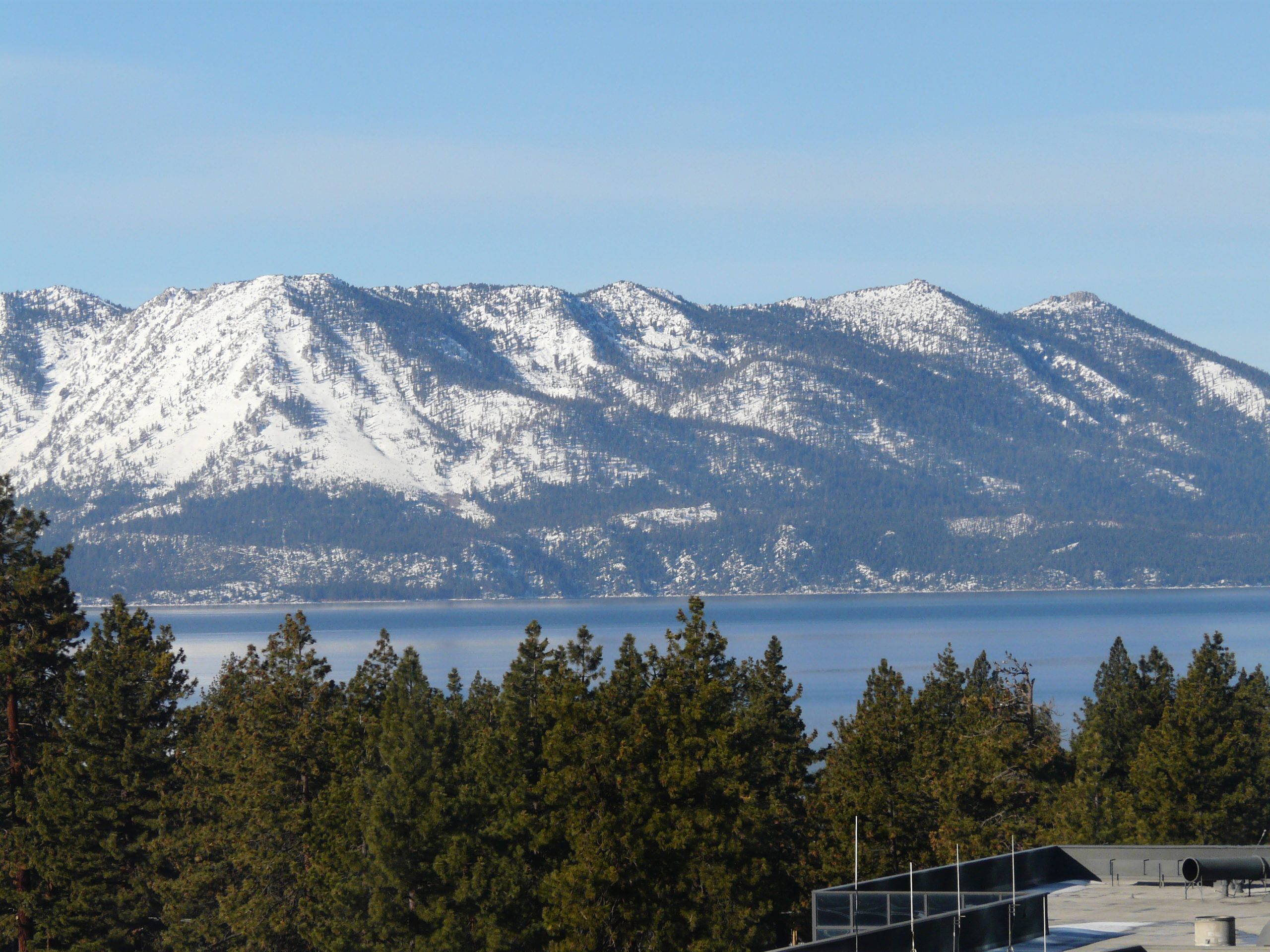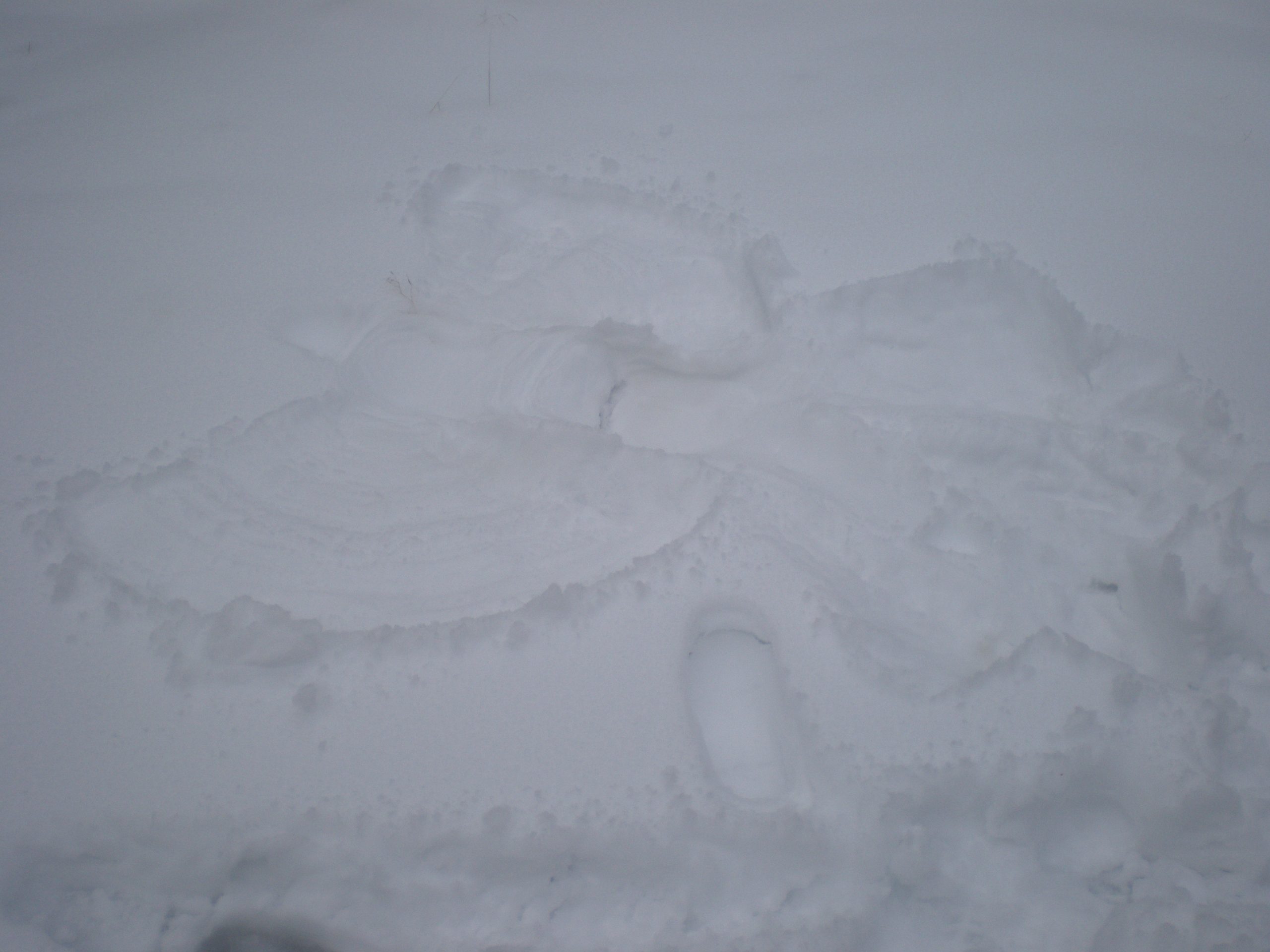
Lake Tahoe in January
Lake Tahoe in January is a winter wonderland.
Located in the Sierra Nevada mountains of California and Nevada, Lake Tahoe in January is a popular destination for skiing, snowboarding, and other winter activities.
The weather in January can be quite cold, with temperatures ranging from the high teens to low 40s Fahrenheit (-7 to 4 degrees Celsius). Snowfall is common during this time, with an average snowfall of around 100 inches (254 centimeters) throughout the month.
Snow-covered mountains, creating a picturesque backdrop for winter activities, rise up on either side of the lake, creating a stunning natural amphitheater. The snow is often so thick that it blankets the trees, making the landscape look like a winter wonderland.

Snow-covered mountains create a picturesque backdrop for winter activities.
The lake itself is crystal clear and glimmers in the winter sunlight. When the snow falls, it creates a stark contrast against the deep blue waters of the lake. The shoreline is dotted with quaint cabins, rustic lodges, and grand hotels that add to the charm of the scene.
Ski resorts in the area, such as Heavenly, Northstar, and Squaw Valley, offer a variety of terrain for skiers and snowboarders of all levels. As you travel around Lake Tahoe in winter, you’ll see many skiers and snowboarders on the slopes of the area’s many ski resorts. The sound of their whoops and hollers echoes across the mountains, adding to the lively energy of the landscape.
Sledding

Sledding is a popular winter activity in Lake Tahoe,
Sledding is a popular winter activity in Lake Tahoe, especially for families with young children. Here are some things to know about sledding in the area:
- Sledding hills: There are several hills in the Lake Tahoe area that are popular for sledding. Some of the most popular include Adventure Mountain, North Tahoe Regional Park, and Tahoe Donner. These hills are typically free to use and open to the public.
- Gear: You’ll need a sled or other sledding equipment to enjoy the hills. Many people bring their own sleds, but you can also rent them from local businesses or ski resorts.
- Safety: Sledding can be a fun and exciting activity, but it’s important to be safe. Make sure to choose a hill that is appropriate for your skill level, and always wear a helmet. It’s also a good idea to dress in warm, waterproof clothing and bring extra layers.
- Rules and regulations: Some hills have specific rules and regulations for sledding, so make sure to check before you go. For example, some hills may prohibit certain types of sleds or have specific hours of operation.
Overall, sledding is a fun and accessible winter activity in Lake Tahoe that is enjoyed by visitors and locals alike. With plenty of hills to choose from and stunning winter scenery all around, it’s a great way to experience the beauty and excitement of the area’s winter landscape.
January Fun
Even if you’re not a skier or snowboarder, there are plenty of ways to enjoy the winter landscape of Lake Tahoe. You can take a snowshoeing or cross-country skiing trip through the forests surrounding the lake, or simply relax by a roaring fire in a cozy cabin and watch the snow fall outside. Some of the local businesses and restaurants may be closed due to the off-season, but there are still plenty of options for food and entertainment.
Overall, Lake Tahoe in January offers a breathtaking winter landscape and a variety of outdoor activities for visitors to enjoy.

Lake Tahoe Snow Angel
What Makes Lake Tahoe Special
Lake Tahoe in January is special for many reasons. Here are a few:
1. Natural Beauty: Lake Tahoe is located in the Sierra Nevada Mountains and is surrounded by stunning natural beauty. The crystal-clear blue waters of the lake are set against the backdrop of snow-capped mountains and lush green forests, making it a favorite destination for nature lovers.
2. Outdoor Recreation: Lake Tahoe is a year-round playground for outdoor enthusiasts. Visitors can enjoy a wide variety of activities, including skiing, snowboarding, hiking, boating, fishing, and swimming.
3. Climate: With over 300 days of sunshine a year, Lake Tahoe has a mild climate that makes it a popular destination for outdoor activities. Summers are warm, and winters bring plenty of snow for skiing and snowboarding.
4. Culture: The Lake Tahoe area is rich in history and culture. Native Americans have lived in the area for thousands of years, and the region has been a popular tourist destination since the mid-1800s.
5. Accessibility: Lake Tahoe is easily accessible from both the San Francisco Bay Area and the Reno-Tahoe International Airport. It is also located near several major ski resorts, making it a popular destination for winter sports enthusiasts.
Overall, the combination of natural beauty, outdoor recreation, climate, culture, and accessibility make Lake Tahoe a unique and special destination for travelers.
The History
Lake Tahoe has a rich and fascinating history that spans thousands of years. Here are some key points:
• Indigenous people have lived in the Lake Tahoe region for thousands of years. The Washoe tribe has called the area home for over 9,000 years and still maintains a presence in the region today.
• The first non-indigenous people to discover Lake Tahoe were likely members of the 1844 John C. Frémont expedition, which included Kit Carson and mountain man Alexis Godey. They named the lake “Mountain Lake” and noted its striking beauty.
• In the mid-1800s, Lake Tahoe became a popular destination for tourists and wealthy vacationers. Hotels and resorts were built around the lake, and steamships ferried visitors across the water.
• During the Prohibition era, Lake Tahoe became a hotbed of bootlegging and smuggling. The isolated coves and bays around the lake were ideal for hiding illegal activity.
• The 1960 Winter Olympics, held in nearby Squaw Valley, brought increased attention to the Lake Tahoe region. Ski resorts and other tourist amenities expanded, making the area a year-round destination for outdoor recreation.
• Today, Lake Tahoe is a popular destination for outdoor enthusiasts, with skiing, snowboarding, hiking, boating, and fishing among the most popular activities. The region also has a thriving arts and culture scene, with museums, galleries, and cultural events throughout the year.
Overall, Lake Tahoe’s history is a testament to the region’s natural beauty and appeal, which have attracted visitors for centuries.
